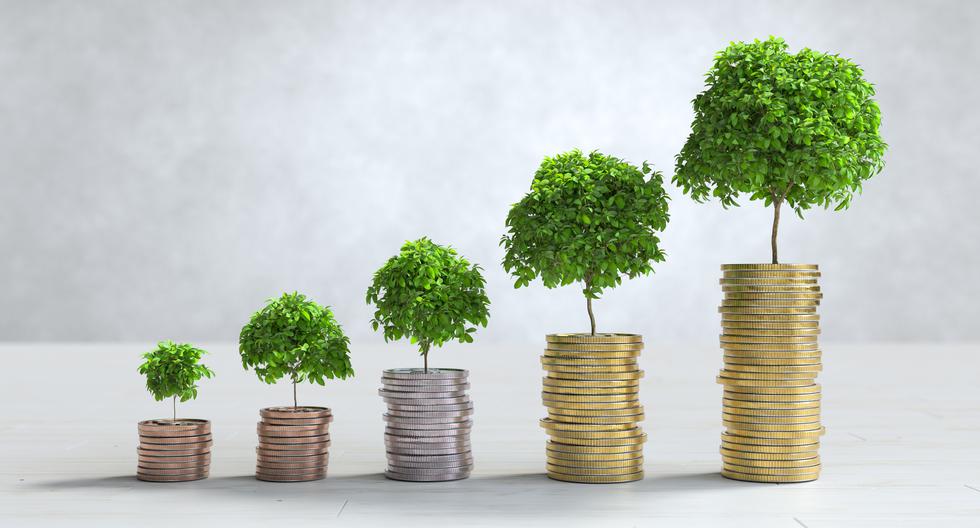The latest report from the Climate Bond Initiative (CBI) revealed that in 2021 close to US $1.1 trillion of bonds were issued green bonds, Worldwide. In Latin America alone, US$48.6 billion in green bonds were issued in the first half of last year compared to US$16.3 billion in 2020.
For Adriana Cuéllar, country manager of Libertex, this trend would demonstrate a growth in the investments that constitute sustainable finance. “We live in a rapidly advancing climate crisis. Companies begin to assume their responsibility and work on managing their environmental impact and carbon footprint. This no longer only translates into marketing or CSR actions, but also has a more sustainable and strategic perspective, which involves the financial field.”, he maintains.
The specialist points out that the development of the green bond market in Peru is still in its infancy and has great potential for green investments; Similarly, the use of emerging digital technologies can improve efficiency, decision-making and increase the competence of organizations.
Green bonds and digital technology
Cuéllar suggests that the integration of digital technologies and sustainability make up a greater strategic opportunity in the financial sector and in other industries. “The issuance of green bonds must pass a scale of audits and must be aligned with the ‘Green Bond Principles’; and currently, a tool has been found in technology and digitization that would help speed up its issuance, and it is the use of ‘blockchain’”points out.
In the report “Blockchain: Gateway for sustainability linked bonds” by HSBC and Sustainable Digital Finance, it is revealed that blockchain technology would allow savings of 10 times the costs of issuing bonds, allowing projects and companies of all sizes to issue these bonds. titles, creating opportunities for a broad portfolio of green and sustainable projects.
LOOK: New Mivivienda Credit: these are the steps you must follow to request this benefit
Blockchain and the green bond business
The ‘blockchain’ is a chain of blocks, which have encoded information of a transaction in the network, allowing the transfer of data (or value) with a secure encoding, through cryptography. Therefore, no transfer of value (money or assets) will be verified through an intermediary, but through a consensus, allowing the information to be stored at all times in a transparent manner.
“The use of this technology can have an impact on the structuring, distribution, transfer, payment and settlement of green bonds -by simplifying complex processes-, having verification and record keeping. Likewise, the blockchain makes it possible to safeguard information, trace the movement record, synthesize the transaction, reduce costs -through the use of smart contracts- and increase transparency”says Cuellar.
In addition, the mentioned report maintains that if the ‘blockchain’ is integrated with other technologies -such as the Internet of Things (IoT)-, big data, machine learning or Natural Language Processing (NLP) it would ensure that the transparency and credibility of the green bonds is greater, given that this set of technologies would allow monitoring -in real time- the development of each invested project, validating the use of resources and the impact generated by them.
This scenario might seem avant-garde, but it is not far from current, since global financial entities such as the World Bank have managed to issue green and traditional bonds using 100% this technology.
According to LACADI (Latin American Initiative for the Disclosure of Climate Assets), there are still barriers, in Peru, for the incorporation of climate change as a variable in investment decisions. “If digital technologies are added to the transition to green investments, they become part of a key strategy in the financial sector. Investments with socio-environmental criteria will be essential to temper the consequences -which we are already experiencing- of climate change, as well as other negative social impacts; In addition to being a way to acquire better profitability”, concludes Cuellar.

















